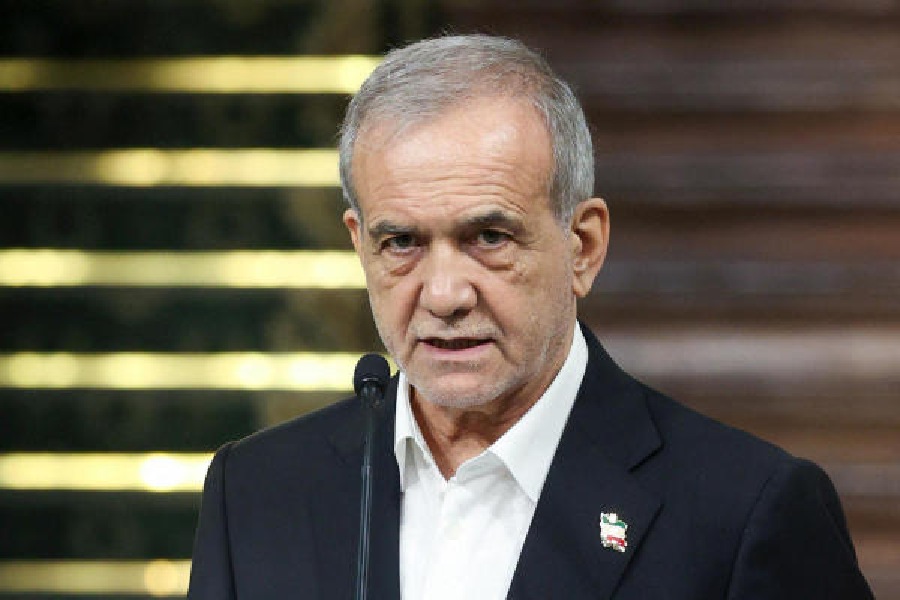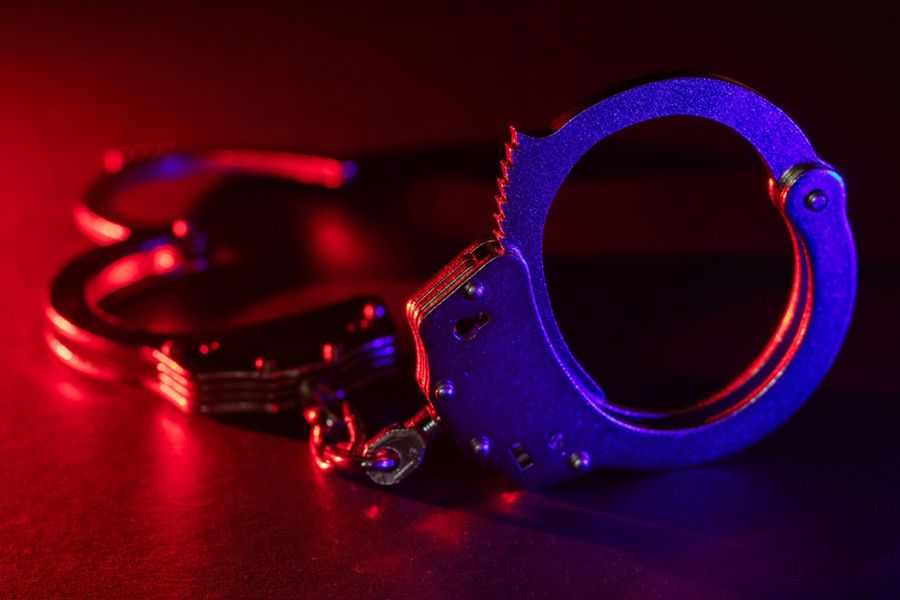 |
If there is one thing Shuji Nakamura does not like, it is taking orders. Well, now he does not have to. By inventing the blue laser, he showed his company, Nichia Corp, what he could do when possessed by a problem. His inventions turned the flagging Japanese company around and made it enormously profitable, but his bosses kept directing his research. They should have known better. Nichia had only Nakamura; Nakamura had the rest of the world. “I don’t want to obey any bosses in research,” says the 52-year-old engineer.
Now professor at the University of California in Santa Barbara (UCSB), US, Nakamura is as prolific and inventive as he was in Japan. He has just invented the world’s first non-polar blue-violet laser diode. The invention promises to give us high-density data storage, better quality video and higher energy efficiency, probably twice as much as is now possible with the blue ray disc. What he is working on now is the Holy Grail of lighting technology — a Light Emitting Diode (LED) that is 100 per cent efficient. Very few engineers think this is possible, but Nakamura follows his own mind.
LED lighting is the most efficient, environment-friendly and least expensive form of lighting available. It has only one problem: brightness. That is because only part of the energy that is fed to the bulb is converted into light. If we could get 100 per cent efficiency, as Nakamura believes is possible, the benefits would be unthinkable by present standards. It would cut world expenditure on lighting by at least 50 per cent. Better still, it could cut carbon dioxide emissions by 30-50 million tonnes a year. The world spends more than one-fifth of its energy on lighting.
When Nakamura quit Nichia in 1999 and came to the US, his bosses at Nichia were certainly not pleased. “They sent a spy after me,” says Nakamura. Later, they also filed a case against him in the US, saying he had stolen trade secrets. Nakamura’s response was to file another case against Nichia, saying that his bonus — all of $180 — was too low. He won the case and Nichia made an out-of-court settlement on the bonus. He got $8.1 million, the highest ever paid by a Japanese firm. It also started a revolution in the Japanese corporate world.
 |
| LED lighting is the most efficient, environment friendly and cheapest form of lighting, and (above) Shuji Nakamura |
The bonus was for his discovery that changed the fortunes of Nichia, and also of LED technology. The high brightness blue laser diode made it possible for companies to pack data at high densities in DVDs (blue light has a short wave length, and the shorter the wave length the finer its reading of data in discs). That was in 1991. Then Nakamura invented the green LED. At the same time, other inventors — notably at Hewlett Packard — had invented the red LED. These colours could be combined to produce white LED. This was what lighting engineers were hoping for. LEDs provide light that is very close to natural light. However, it has a few technical problems, low energy efficiency being one. LED lighting will take over the world soon, if Nakamura has his way. “We could increase the efficiency from the existing 60 per cent to 100 per cent,” he claims.
Nakamura has already achieved the impossible once. As a young engineer at Nichia — in fact the only one in R&D — no one was willing to give him a chance of inventing the blue laser. Pitted against Nichia were the giants of the electronics world, Sony and Toshiba. It was Nakamura against Sony and Toshiba. Nichia’s bosses were not even thinking about developing a blue laser. Nakamura's products — gallium phosphide crystals and gallium aluminium wafers for red and infrared LEDs — were not selling well against the competition. The R&D department was down to two people. Nakamura then put forth the idea of a blue LED. Impossible, said his bosses, because the giants were at it and were not succeeding.
Nakamura then went to meet the chairman, Nobuo Ogawa, a friend of his professor, who was responsible for Nakamura’s joining the company 10 years ago. Ogawa gave him the go-ahead, and $3 million to boot. “Ogawa was very nice,” says Nakamura. “If he were alive today, I would not have left Nichia,” says Nakamura. As would happen, Nakamura achieved his goal, beating the large corporations. The reason: Nakamura chose to work on gallium nitride, a material ignored by the others. He took three years. By then, he was the only member in the R&D department.
This work got him the Millenium Technology Prize, the equivalent of the Nobel Prize for technology development. The Solid State Lighting and Display Centre at the UCSB, where Nakamura works, is one of the pioneers of lighting technology. The breakthrough research on non-polar blue-violet laser was done by, apart from Nakamura, two professors (Steven DenBaars and James Speck) and two students (Mathew Schmidt and Kwang Choog Kim). The technology will be commercialised in two years. If the institution achieves its goal of 100 per cent efficiency in LEDs, the US alone could save more than $100 billion by the year 2020.
Getting ahead of ourselves, aren’t we?











